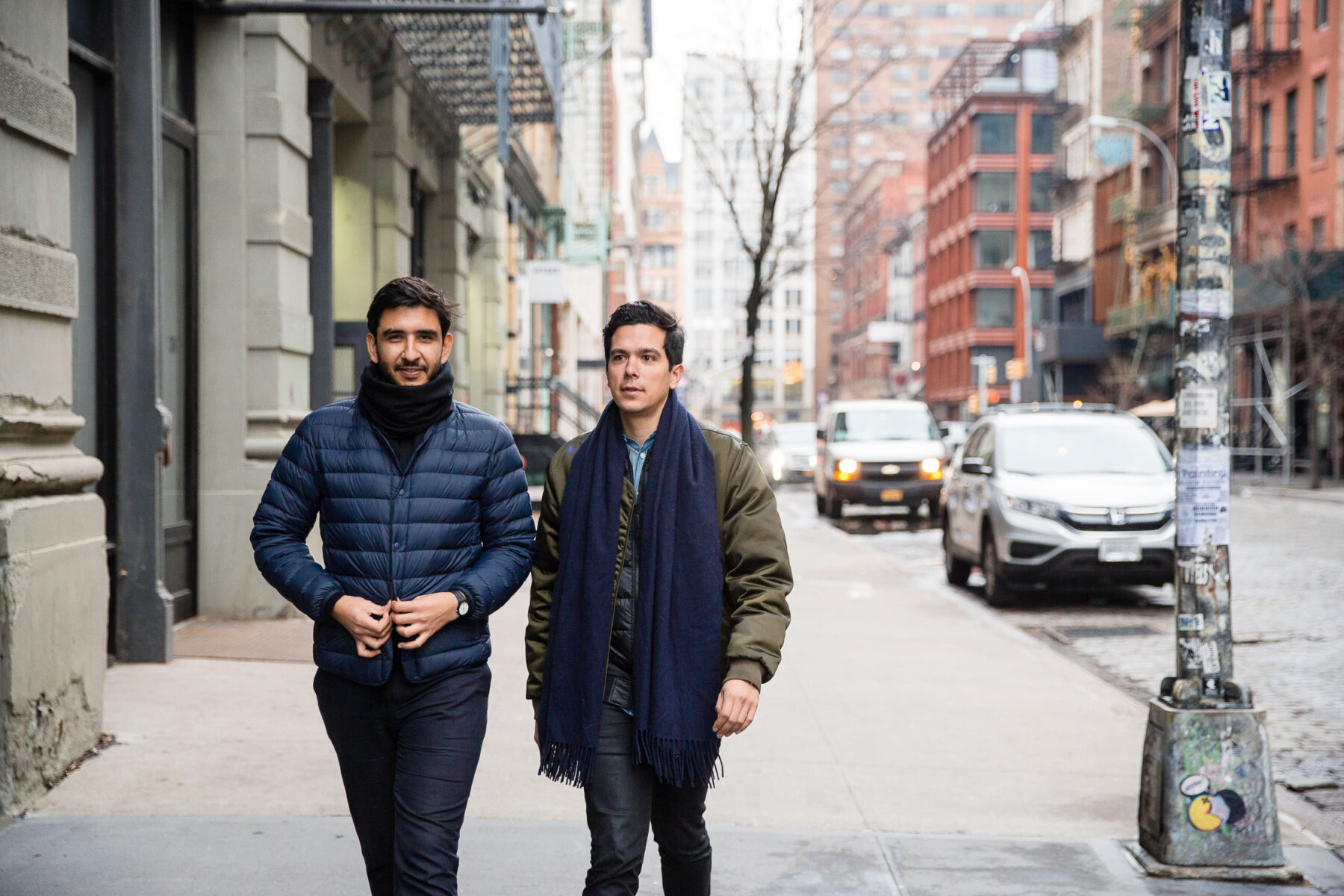From the aeronautic abbreviation VBSY, came Visibility: a studio by Joseph Guerra and Sina Sohrab with a multi-perspectival approach to creativity and design thinking.
In their first year at Rhode Island School of Design, Joseph Guerra and Sina Sohrab had a serendipitous meeting at a freshman house party. Later, in a furniture design course, each inspired by the different design perspectives and aesthetics that the other offered, they began working together. Now, five years into their studio practice, the two friends reflect on what their name Visibility implies; and the way that their unique approach to design affords them different ways of seeing.
This interview with Visibility is published in collaboration with OTHR, the forward-thinking Design brand that utilizes the latest in 3D Printing technology to create unique objects. Follow along as we profile their international roster of designers here.
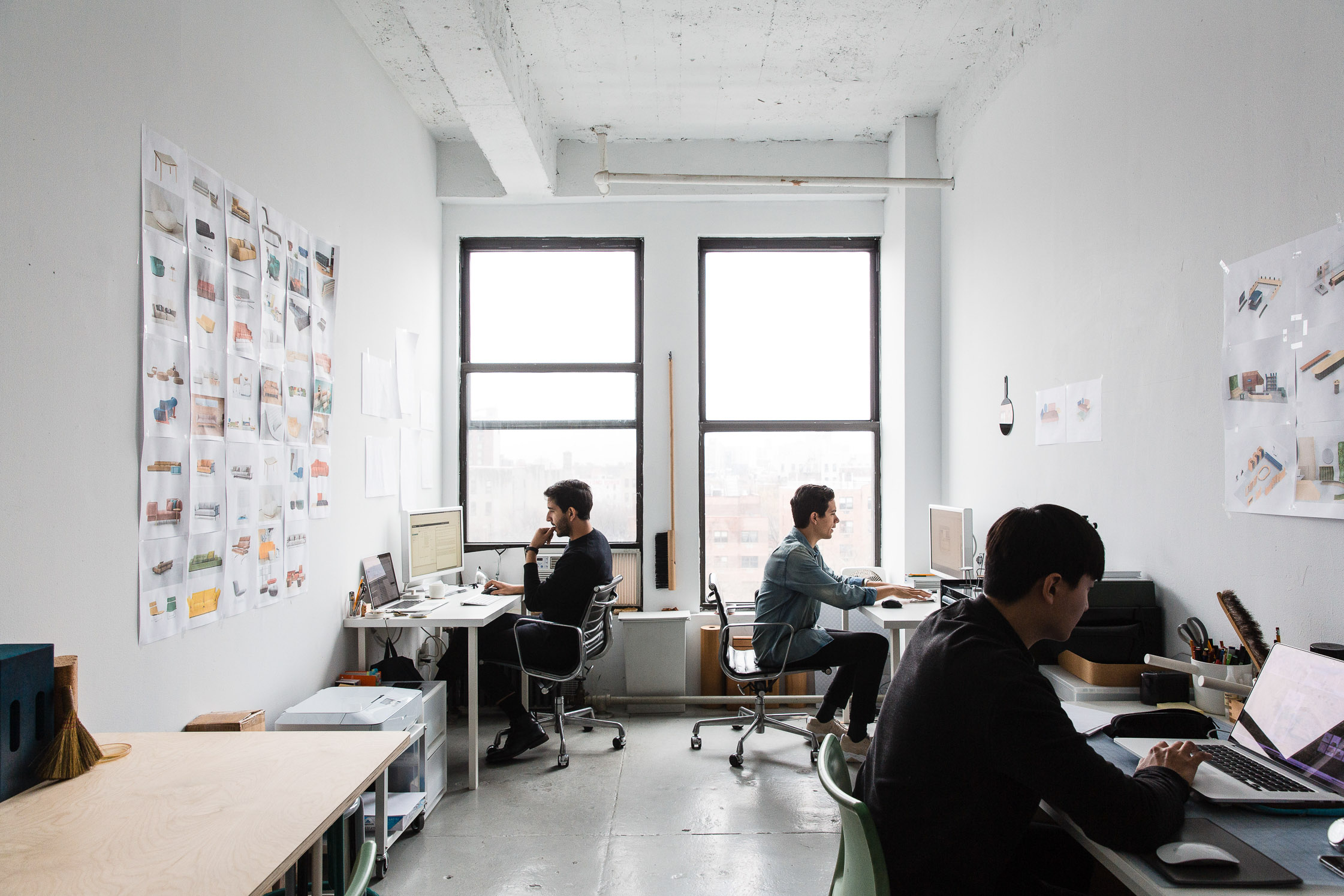
“I’ve been drawing and building things my whole life, but I didn’t realize that there was a way do this as a career until much later.”
-
Tell us in your own words about each of your backgrounds, and how you first got interested in the field of design.
Joseph: I became interested in design in my first year at the Rhode Island School of Design, where a sculpture project led me to design a product. I thought I was going to be a painter before discovering furniture and industrial design.
Sina: I was born in Iran, and moved to the US when I was 7. I didn’t realize that my interests were in design until university, when I happened to take a furniture course.
-
Growing up, did you always have an affinity for creative ventures?
S: Yes definitely. It was something that my grandfather encouraged greatly, that I’ve always appreciated.
J: I’ve been drawing and building things my whole life, but I didn’t realize that there was a way do this as a career until much later.
-
How did the two of you meet? What drew you to one another creatively?
S: We met at the Rhode Island School of Design, where we both went for university. We were both studying furniture design, and became more interested in broader categories as time went on. We became closer as a result, and we knew we had to work together.
J: I think we met at a house party freshman year. Our furniture department was very small so we discovered pretty quickly that we worked well together. Hearing Sina’s critical and thoughtful approach to design made me realize that I wanted to collaborate with him.
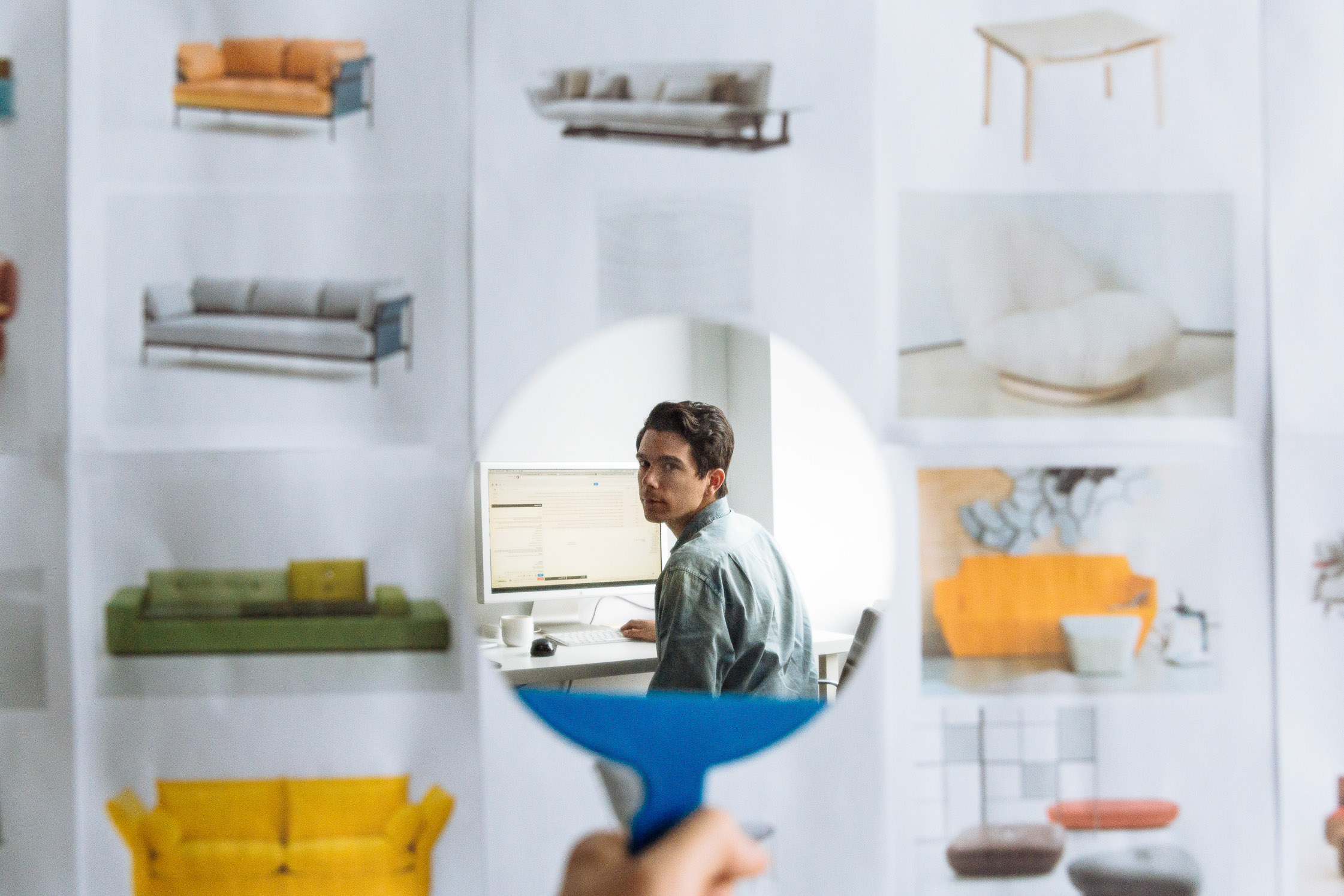
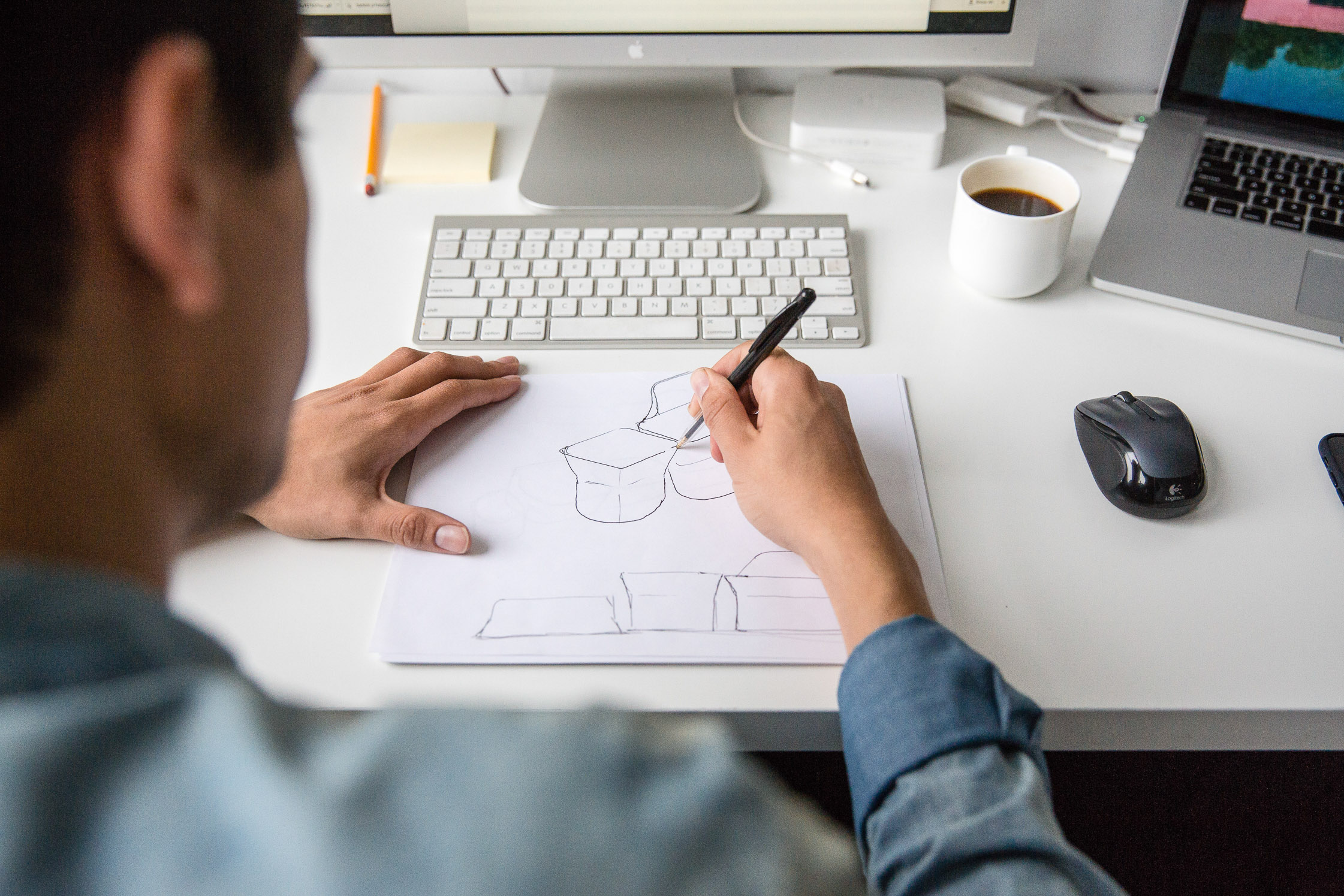
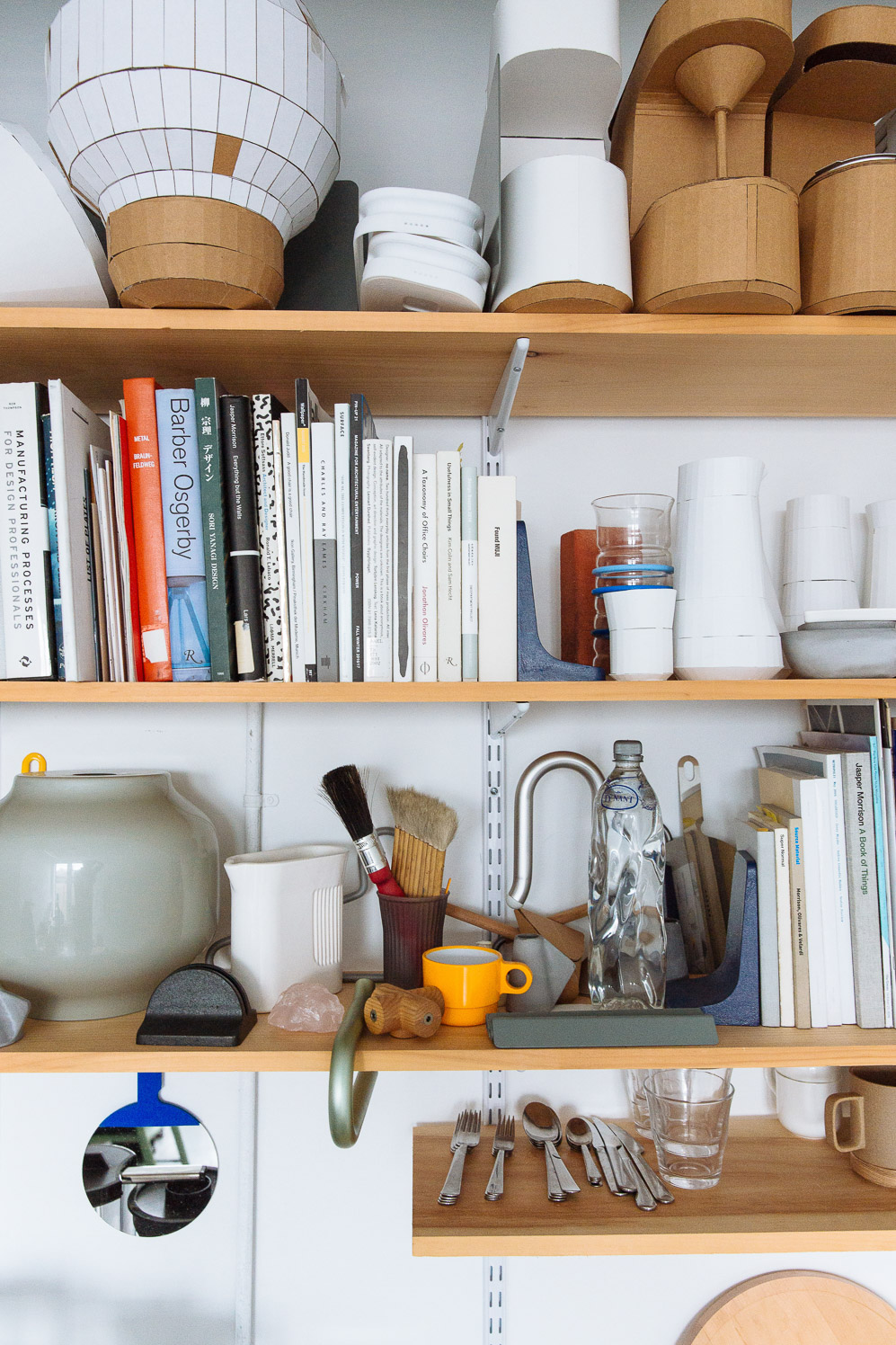
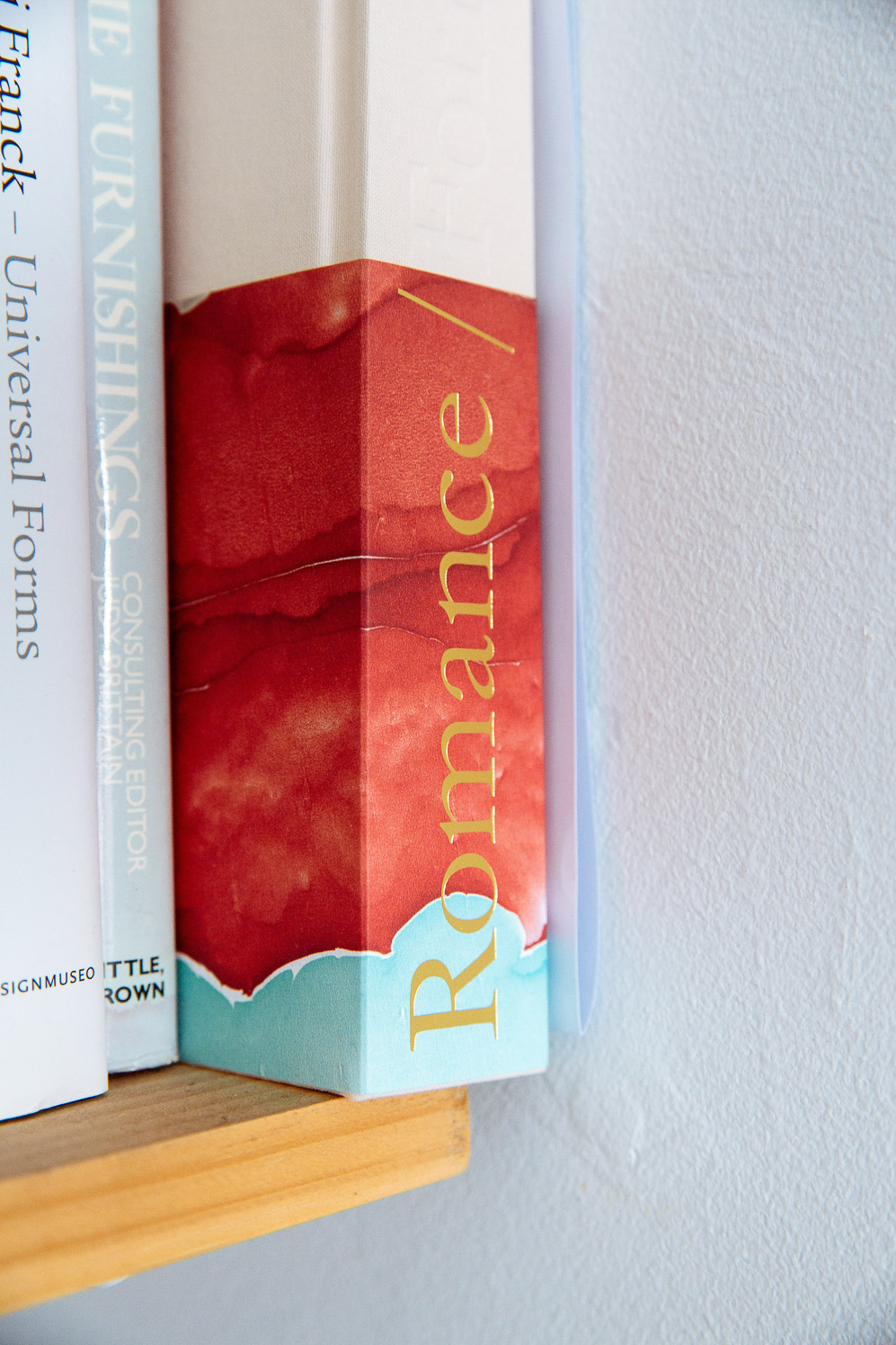
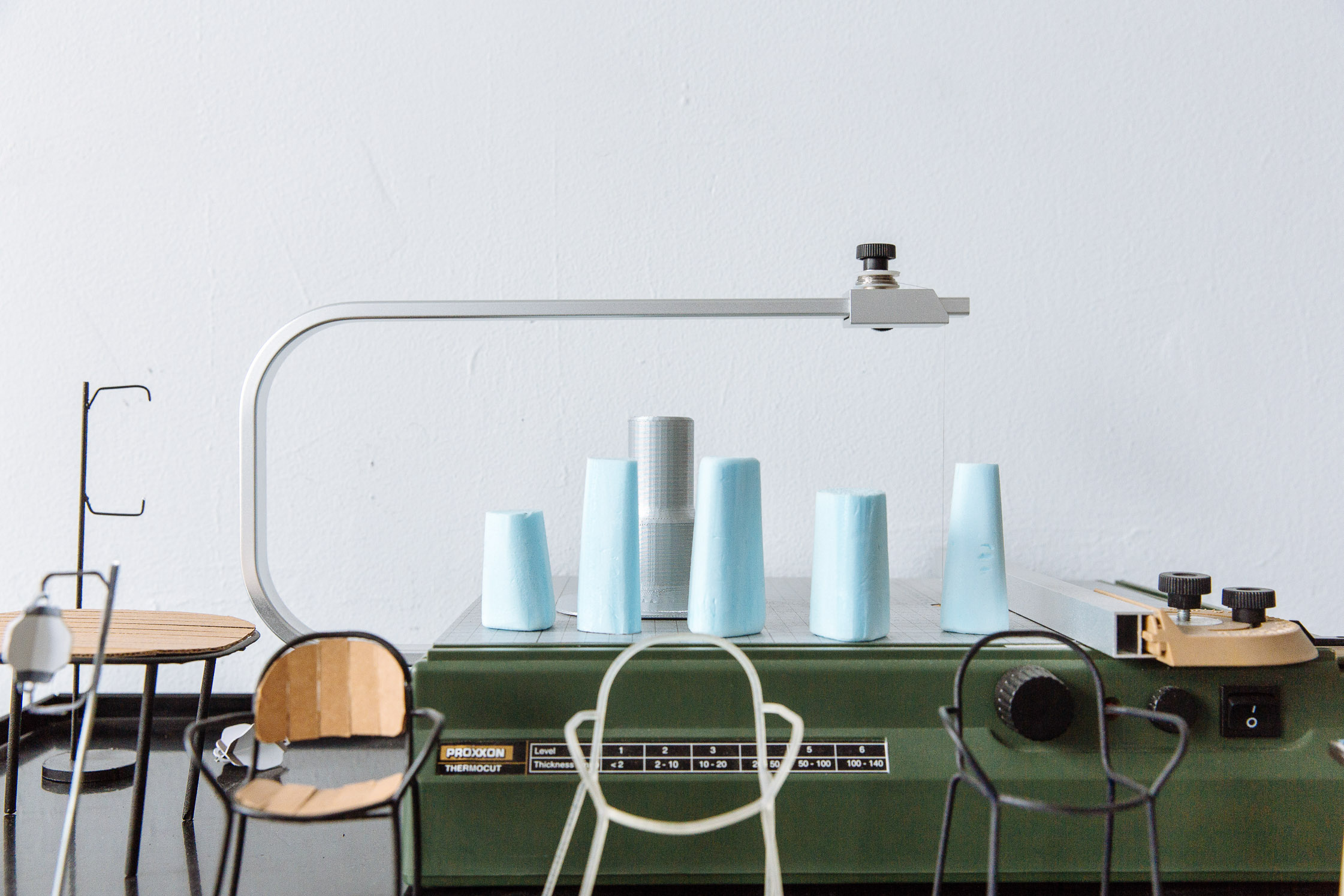
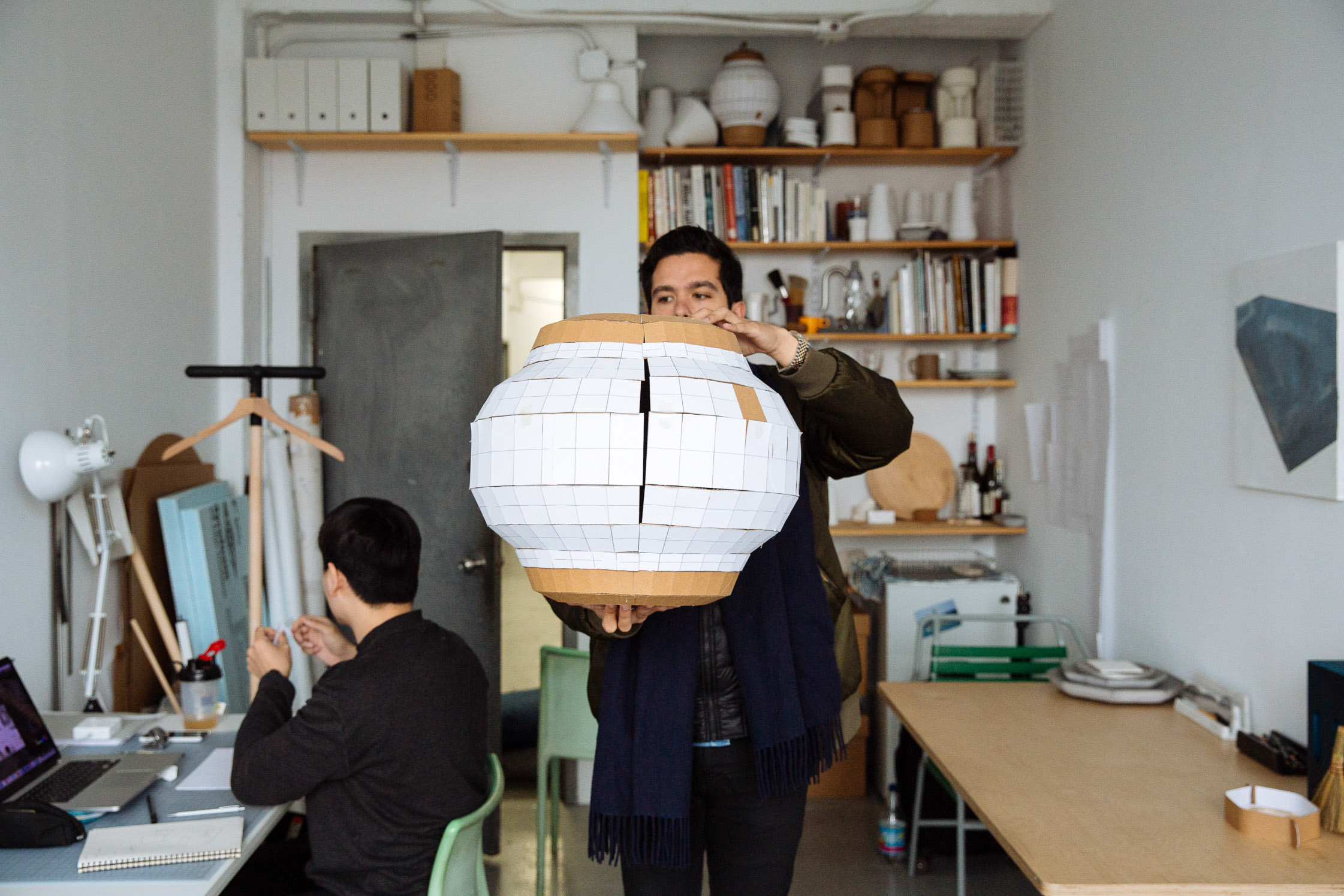
“There’s a push and a pull that helps us work together. We alternate zooming in and out; which gives us perspective on the work we’re doing.”
-
How do your personalities complement each other? How does this impact how the work is split between you?
J: There’s a push and a pull that helps us work together. We alternate zooming in and out; which gives us perspective on the work we’re doing. I find myself looking at the larger idea a lot of the time, while Sina is more technical with his approach. I think it’s important to have that kind of back and forth in order to create work that is considered thoroughly.
-
Where did the name Visibility come from?
J: Visibility is actually a flight term, hence the abbreviation VSBY. We’ve always been inspired by the aeronautic industry, and the function driven design that goes into it.
S: It carries a second meaning as well, in that good design conveys its intention and purpose easily; it’s visible.
-
What’s a typical day like in the Visibility studio?
J: We get in at 9:30, and we start the day off by going over the current projects, where everything stands. Once we get into it; we’re working on several projects, going back and forth when we need feedback. Our interns and any additional designers work into this program as well. It gives us quiet time to work with discussions interspersed. While we might be at very different stages of any given project, sketching or researching or working out a model, dialogue informs everything, and projects that may not be related end up informing each other in surprising ways.
-
It seems like you’ve created a fun work environment– do you guys hang out outside of work?
J: Of course, we’ve been friends for a long time.
-
When things get stressful, what are your habits of staying calm and relaxed?
S: We try to not let the little things get to us. Also, Joe burns sandalwood, which helps.
-
You’re based in New York City. How does this affect your design mentality? How important is geography when it comes to ideation and aesthetic?
S: New York, above all, is a hub; and for us it’s been an incredible place to push ourselves. You’re hard pressed to find such a diverse city elsewhere in the world, where the cross section has such depth. It’s been a very important place for us, and it’s given us many opportunities. There are definitely times when it’s difficult, many of them, but that’s something that comes with a metropolis. The most valuable thing here, for our work and our ability to be creative, is how accessible the other creative practices are. The ease of seeing great art or music has been invaluable here, both in terms of inspiration and creative drive.
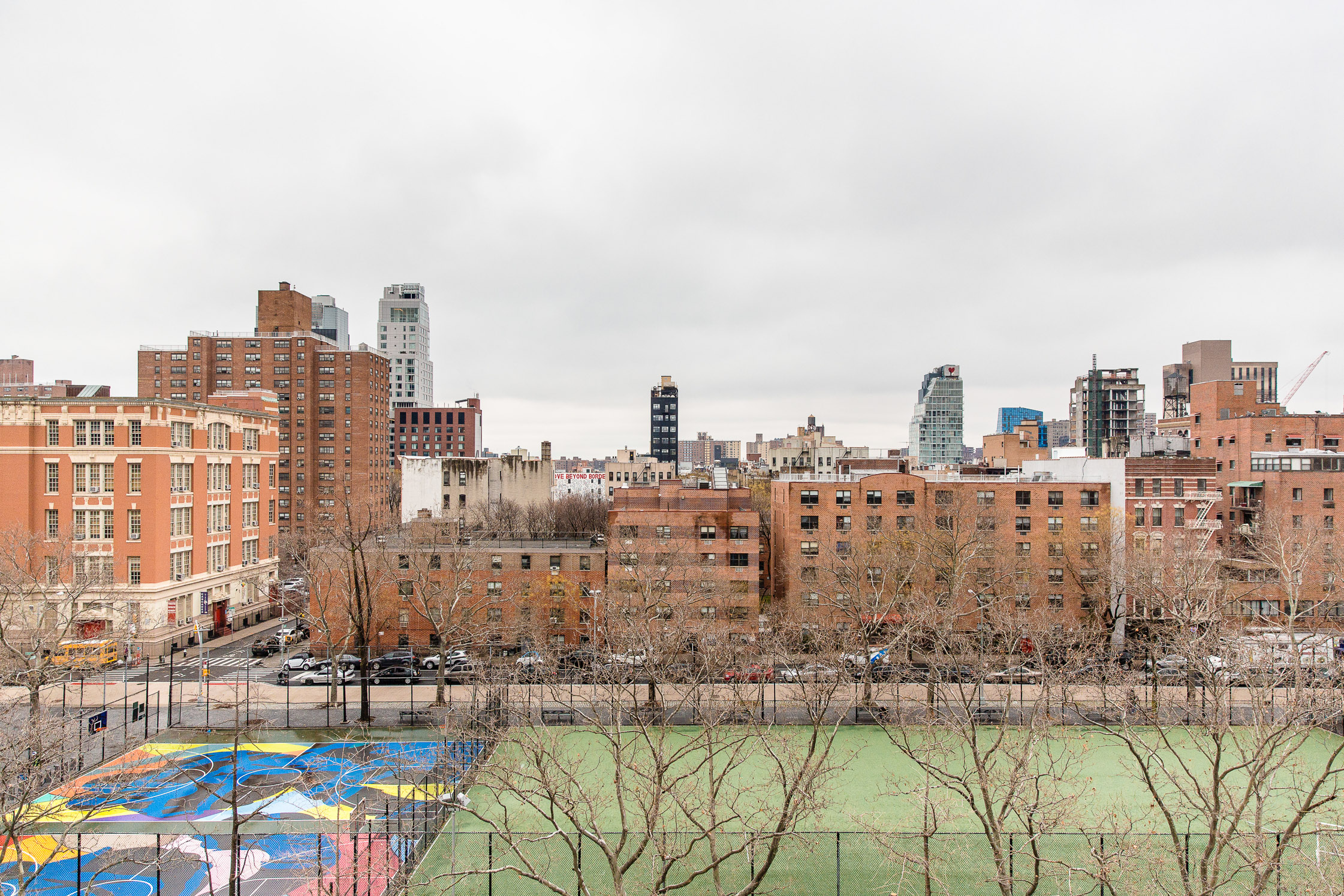
-
You mention that your ambition is to “move forward while looking back.” How does this idea translate to your designs?
S: Our intention when initially starting the studio, was to always work with a framework and point of reference in mind, maintaining that a strong concept can’t exist without research as a foundation. “Move forward while looking back” is a way of saying that progress and innovation don’t happen in a vacuum, and that it’s only through knowing the history of an object that you can begin to reinvent it.
-
How did you discover OTHR? What pushed you to collaborate with them?
S: We first heard of OTHR when were invited to the launch at New Museum last year, and weren’t sure what to expect going into it.
J: I think a lot of companies approach this production method like it’s a trope or a gimmick, and that’s where OTHR differentiates itself and really hits it home for us. They’re less about creating something that’s never been seen before, and more about putting work out there that is valuable, functional, and simple; the latter of which is significantly more difficult.
-
What was most challenging about this design process?
S: Our internal “engine”, is simple: One of us will take lead on a certain project, and the other will assist. This allows us to work side by side, and inform a greater whole, while keeping a healthy project load. Of course, we fight and we bicker, but in the end we have the idea, and it’s distilled and it’s crisp; and we take it to our client knowing that it’s the best it can be.
J: This was a very smooth process. Evan and Joe are great to work with, and have essentially designed the process of working with OTHR. From the start, we knew where to head with our ideas, and with the production method allowing for prototypes to turn around quickly, we were able to work through a project in 3 months that would have taken 6-12 with another client. It was fantastic.
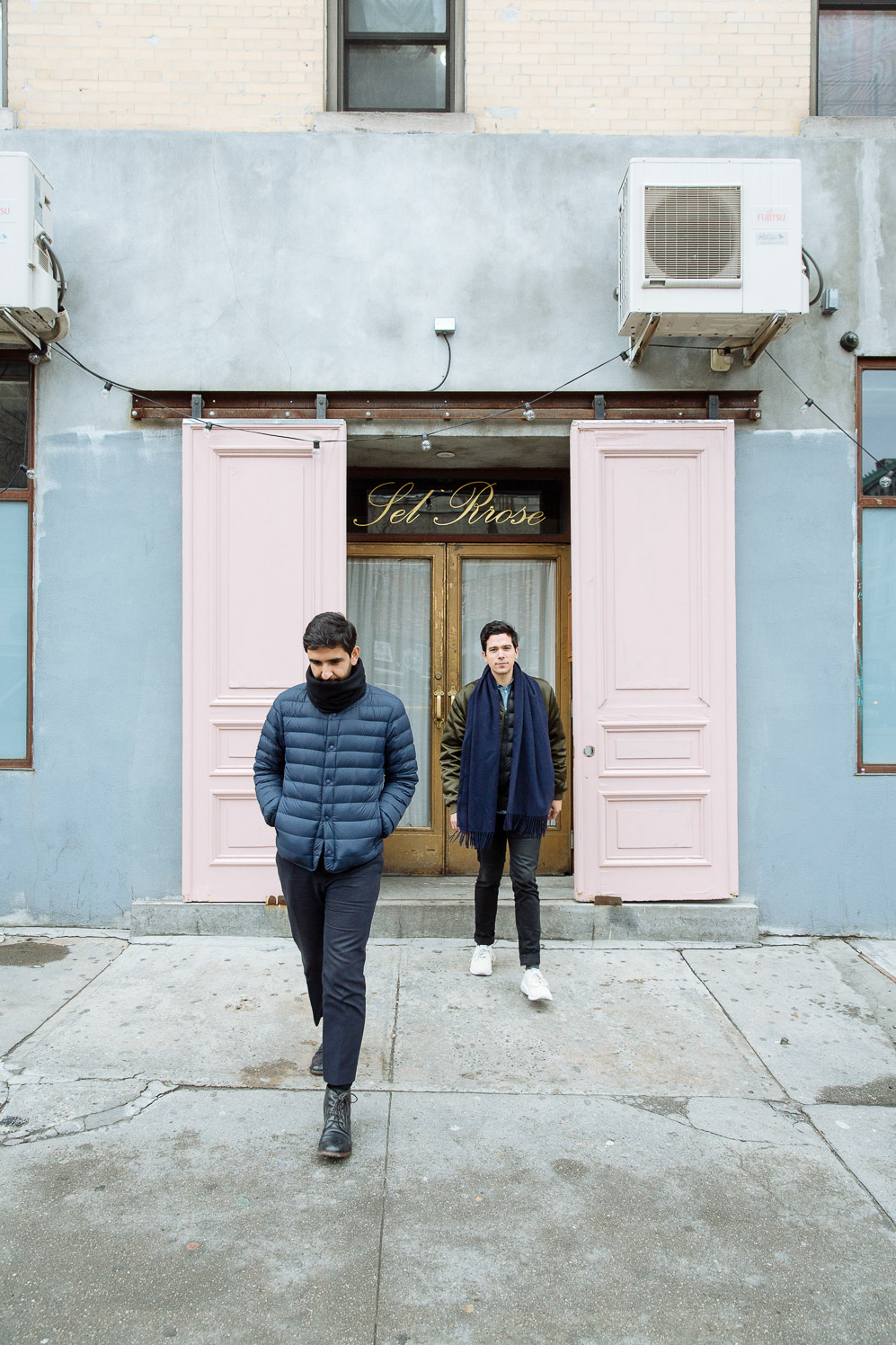
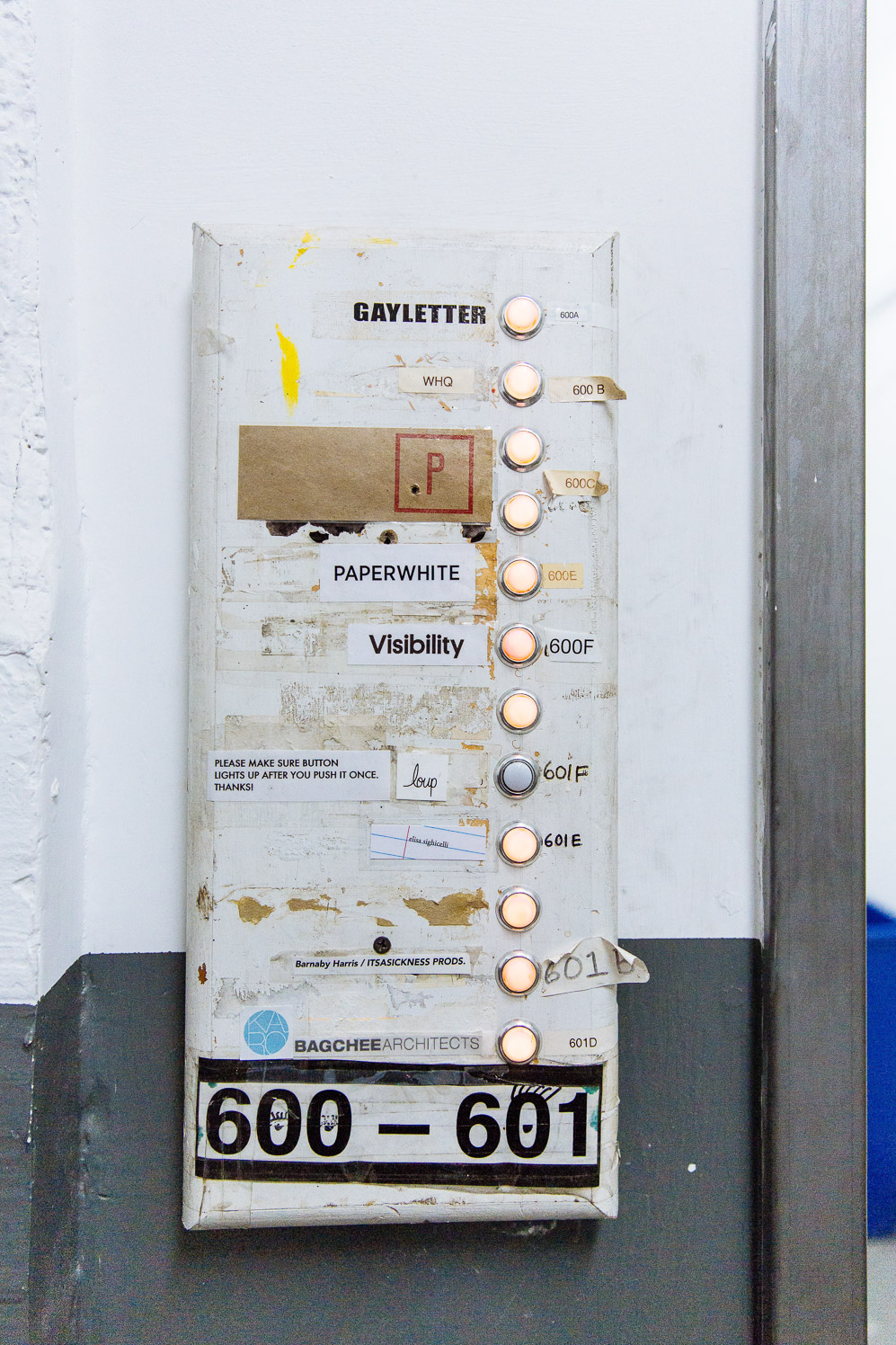
Thank you, Joseph and Sina, for illustrating so well how we can only creatively move forwards while remembering the past.
For more design-stories, you can find more stories in our collaboration with OTHR here.
Photography:Mark Wickens
Text:Rosie Flanagan & Kevin Chow
